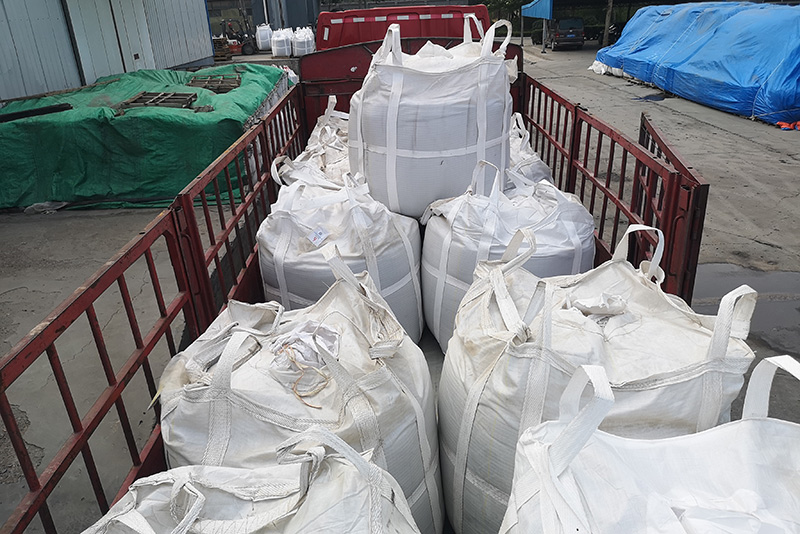Types of Sand Used in Sand Casting
Sand casting is one of the oldest and most widely used metal casting processes in manufacturing. It involves creating a mold from sand and then pouring molten metal into that mold to create a desired shape. The choice of sand is critical in this process, as it directly affects the quality of the final product, the efficiency of production, and the overall cost. There are several types of sand utilized in sand casting, each with its unique properties and applications. In this article, we will explore the most common types of sand used in sand casting, their characteristics, and benefits.
1. Natural Sand
Natural sand, often referred to as silica sand, is the most commonly used type of sand in foundries. It is primarily composed of silicon dioxide (SiO2) and is abundant in nature. Natural sand is prized for its excellent thermal properties, enabling it to withstand high temperatures without breaking down. Its fine grains contribute to a smooth surface finish on castings. The grains of natural sand are usually angular, which helps in packing and creates good mold strength. This type of sand is low-cost and readily available, making it a preferred choice for many foundries, especially for general casting applications.
Synthetic sand is engineered to enhance the properties of natural sand. It is created by mixing various materials, such as silica, clay, and water, in precise proportions to achieve desired characteristics. Synthetic sands can be modified to improve mold strength, thermal stability, and permeability. One significant advantage of synthetic sand is its uniformity in grain size and shape, which results in consistent mold properties. Moreover, it can be easily tailored to specific casting needs, making it suitable for a range of applications from intricate designs to larger components.
3. Green Sand
types of sand used in sand casting

Green sand is a mixture of natural sand, clay, and water. Despite its name, it does not refer to the color, but rather the moisture content in the sand. The clay acts as a binder, giving the mold strength and allowing it to retain its shape when the molten metal is poured. Green sand is often used for iron and aluminum castings due to its excellent moldability and ability to recycle. One of the key benefits of green sand is its ability to allow gases to escape during the pouring process, minimizing defects such as blowholes in the final casting.
4. Resin-Bonded Sand
Resin-bonded sand involves the use of sand mixed with a thermosetting resin binder. This type of sand casting provides high accuracy and excellent surface finish, which is particularly beneficial for intricate components. The resin enhances the strength of the mold, allowing for finer details and thinner sections in casting. However, the process requires careful control of temperature and humidity to ensure that the resin sets properly. Resin-bonded sand is often used in applications where high precision is essential, such as in the aerospace and automotive industries.
5. Oil-Bonded Sand
Oil-bonded sand, which utilizes oil instead of water as a binder, is known for its excellent surface finish and dimensional accuracy. This type of sand is particularly useful for creating complex shapes with intricate features. The oil helps to minimize the moisture content in the mold, reducing the risk of gas generation during pouring. Consequently, oil-bonded molds are less likely to produce defects like blowholes. However, the use of oil-bonded sand can be more expensive, making it a choice primarily for high-value applications.
Conclusion
In conclusion, the type of sand used in sand casting plays a vital role in determining the quality and efficiency of the casting process. Natural sand, synthetic sand, green sand, resin-bonded sand, and oil-bonded sand each offer distinct advantages and are suited for specific applications. As technology continues to evolve, the development of new materials and methods will likely enhance the efficiency and effectiveness of sand casting. Understanding the properties and applications of various sand types is essential for manufacturers seeking to optimize their casting processes and achieve superior products.
Post time:નવેમ્બર . 11, 2024 14:42
Next:use of foundry sand in concrete
